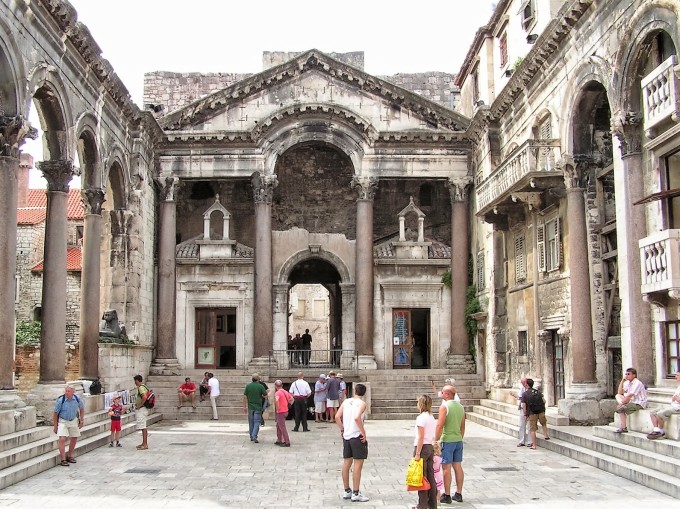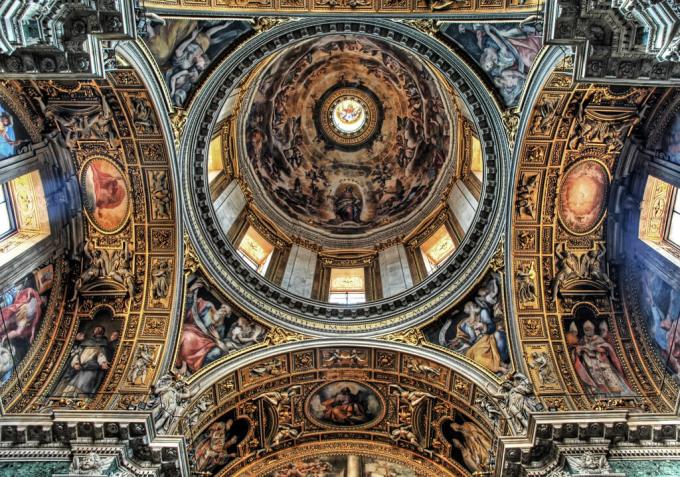In the fourth century Roman Empire broke into two as east and west Roman Empire. Constantine the first Christian emperor of the east romans began to build churches and baptisteries after he made Constantinopolis the capital rather than Rome. Christianity, which survived the publication of the novel, began to spread during this period and supported it with architecture, Constantine built churches, basilicas etc. wherever he conquered. In that time this sprawling was very important for Byzantines because they described people as ‘Barbar’ those who did not speak the same language as themselves.

(Constantine I)
In this period the great church Hagia Sophia took attention because it is considered as a new type of monument. Hagia Sophia Focused on the interior side, when Roman Empire Vigorously oppose to Christianity they improvised churches in basements and frequented underground catacomb cemeteries as ritual meetings places but interesting thing is that even the emperor made the Christianity as the official religion of the Roman Empire, its cult buildings continued to maintain a low profile. From my own observations, I saw a church with caved rocks where Christians escaped from the pressure of Roman Empire. They encouraged the practice of rock-cut cave structures for Buddhist and Hindu halls.

(Hagia Sophia)
In this Article the part Emperor Diocletian is crucial (284-305). He made drastic efforts to salvage the empire’s disintegrating structure. He retired in his birthplace ‘ Spalato’ in his little palace near this coast. Little palace organized like a military cestrum on cross-axis inside a nearly perfect square set of walls, his palace had three entry gates on the west, adding colonnades rather than arches is a break of the classical tradition in that time. Diocletain’s architects inserted an arch into the pediment between the two central columns, creating a fastigium.

(Diocletian Palace in Split/Crotia)
Almost every emperor of Roman Empire showed and dictated their power with using architecture which become tradition from ancient times, in this point; maybe we can separate Constantine from Diocletain because Constantine tried to set the order of Christianity which was a totally new thing and culture for his lands. Constantine’s chief rival, Maxentius promoted his claim to power through the lavish patronage of public project like new basilica, hippodrome, restoration of the Senate house and temple of Venus. After Constantine’s departure from Rome in 326, the city slowly revolved the power to the churches so the church survived as the only viable institution. Constantine produced the first Roman city plan to include churches as primary urban components in this period domes becomes the prominent symbols of Christionality the importance of domes is explained in the header of this article ‘the dome as an act of faith’ we can understand his in the war of Ravenna, after Byzantines regained Ravvenna, they completed several exceptional churches including the dome of San Vitale.
